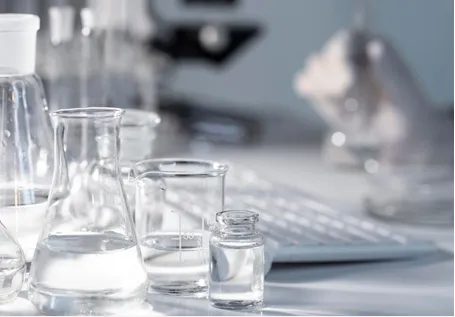Cationic polyacrylamide (CPAM) is a water-soluble polymer widely recognized for its versatility and effectiveness in various industrial applications. Its cationic nature, which means it carries a positive charge, enhances its ability to interact with anionic substances, making it particularly valuable in processes that involve the removal of negatively charged particles from solutions.
One of the primary uses of cationic polyacrylamide is in wastewater treatment. In this context, CPAM acts as a flocculant, aiding in the aggregation of suspended solids, which can then be efficiently removed through sedimentation or filtration. This application is crucial in many industries, including municipal wastewater treatment plants, where the reduction of pollutants before discharge is imperative for environmental compliance.
In addition to wastewater treatment, CPAM is employed in the paper industry. Here, it is utilized as a retention aid, helping to retain fine particles and fillers during the papermaking process. This not only improves the quality and strength of the final product but also reduces the amount of raw materials needed, ultimately leading to cost savings and sustainability improvements.
Another notable application of cationic polyacrylamide is in the oil and gas sector. CPAM is used in enhanced oil recovery processes, where it helps to increase the viscosity of water, improving the efficiency of water flooding techniques. By facilitating more effective displacement of oil, CPAM contributes to higher recovery rates and more economical oil extraction.
cationic polyacrylamide uses

Cationic polyacrylamide also finds its place in agriculture, where it is used as a soil stabilizer and water retention aid in agricultural fields
. By improving soil structure and moisture retention, CPAM enhances crop yields and reduces the need for irrigation, benefiting both farmers and the environment.Furthermore, the cosmetic industry utilizes CPAM for its thickening and emulsifying properties. It enhances the texture and stability of various cosmetic formulations, providing a desirable feel and improved performance.
In conclusion, cationic polyacrylamide is a multifunctional polymer with a wide array of applications across several industries. Whether in wastewater treatment, papermaking, oil recovery, agriculture, or cosmetics, its unique properties make it an indispensable tool for improving efficiency, sustainability, and product quality. As industries continue to seek more eco-friendly and effective solutions, the significance of CPAM is likely to grow even further in the future.

